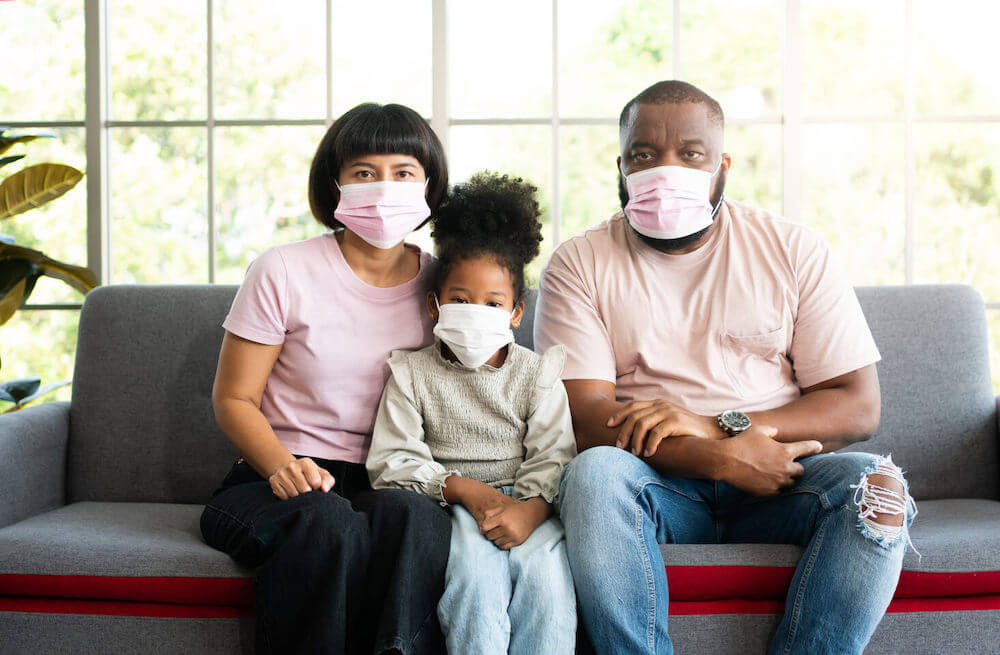Understanding the Risk Factors
The hardest days of COVID may be over for many of us, but poor indoor air quality still comes with other real risks that are sometimes severe. Depending on the type of pollutant, and how much of it there is and how long one is exposed, the outcomes can range from mild symptoms to life-threatening situations. Even the most robust among us can be felled by carbon monoxide poisoning within minutes.
However, it is crucial to understand that some people are at a higher risk. Knowing who is at a higher risk and why can help us address the needs of the most vulnerable.
Who is Most at Risk?
1. High Risk Individuals:
- Lung and Respiratory Conditions. Those with conditions like asthma, chronic bronchitis, emphysema, and chronic obstructive pulmonary disease.
- Cardiovascular Conditions. People with heart and artery diseases.
- Healthcare Access. Those who don’t have regular or easy access to medical care.
- Tobacco Exposure. Smokers and those exposed to second- and third-hand smoke.
- Occupational Hazards. People who work with materials that degrade indoor air quality.
- Environmental Factors. People living near areas of poor outdoor air quality like highways, quarries or other ongoing extraction activities, gas refineries and other air pollutant emitting industries.
- Accessibility Issues. Those with disabilities who may not have access to safe and healthy living conditions.
2. High Risk Communities:
- Race. Black, African American, and Indigenous populations.
- Age. Infants, young children, and people over 65.
- Economic Disadvantages: People living on low incomes.
Deep Dive: Dissecting the Impact
The Impact of Race. Studies have shown that Black, African American, and Indigenous populations experience more severe health repercussions due to poor indoor air quality. Racism and anti-indigeneity add layers of stress, likely making these communities more susceptible.
The Impact of Age. Pollutants like lead, primarily from chipping paint, or toxic particles from burning materials, can be especially harmful to children. Their exposure can lead to developmental and behavioral issues, and even IQ reduction. Moreover, children, with their natural curiosity, are also at greater risk from thirdhand smoke, potentially stunting growth and compromising their immunity.
The Impact of Living on Low-Incomes. The challenge is twofold for people living on low incomes. Firstly, they are often targets for tobacco promotions, leading to higher smoking rates. Secondly, limited access to healthcare makes them more susceptible to diseases made worse by poor indoor air quality.
Why Should we Care?
Aside from the obvious ethical and moral responsibility to disadvantaged communities. there are plenty of other reasons to reduce disparities:
- Societal Cohesion and Stability. When people feel included, instead of neglected and alienated, communities are stronger and more stable.
- Reduced Crime. While not everyone with “high risk” is living on a low-income, it’s interesting to note that in countries where incomes are more equal, crime is lower.
- Better Policy Making: Understanding and addressing the needs of the vulnerable can lead to better-informed policies that are more inclusive and cater to the needs of everyone.
- Enhanced Social Capital: When the needs of the most vulnerable are addressed, trust in institutions and community cohesion often increases. During times of crisis or change, social capital is a precious resource.
The BuildingLens Solution
Enter BuildingLens: a game-changing solution that remotely controls building systems to ensure optimum indoor air quality at a fraction of the usual cost. By prioritizing the needs of the “at-risk” population, BuildingLens is at the forefront of solutions that allow vulnerable populations to afford and benefit from the clean energy economy and a just transition.
In Conclusion
People with High Risk for poor indoor air quality should not have to wear masks inside where they live and work. Understanding and prioritizing the needs of high-risk populations is not just a moral imperative but a societal necessity. With solutions like BuildingLens in play, we have the lived experience, drive, and technical expertise to make clean indoor air a reality.
